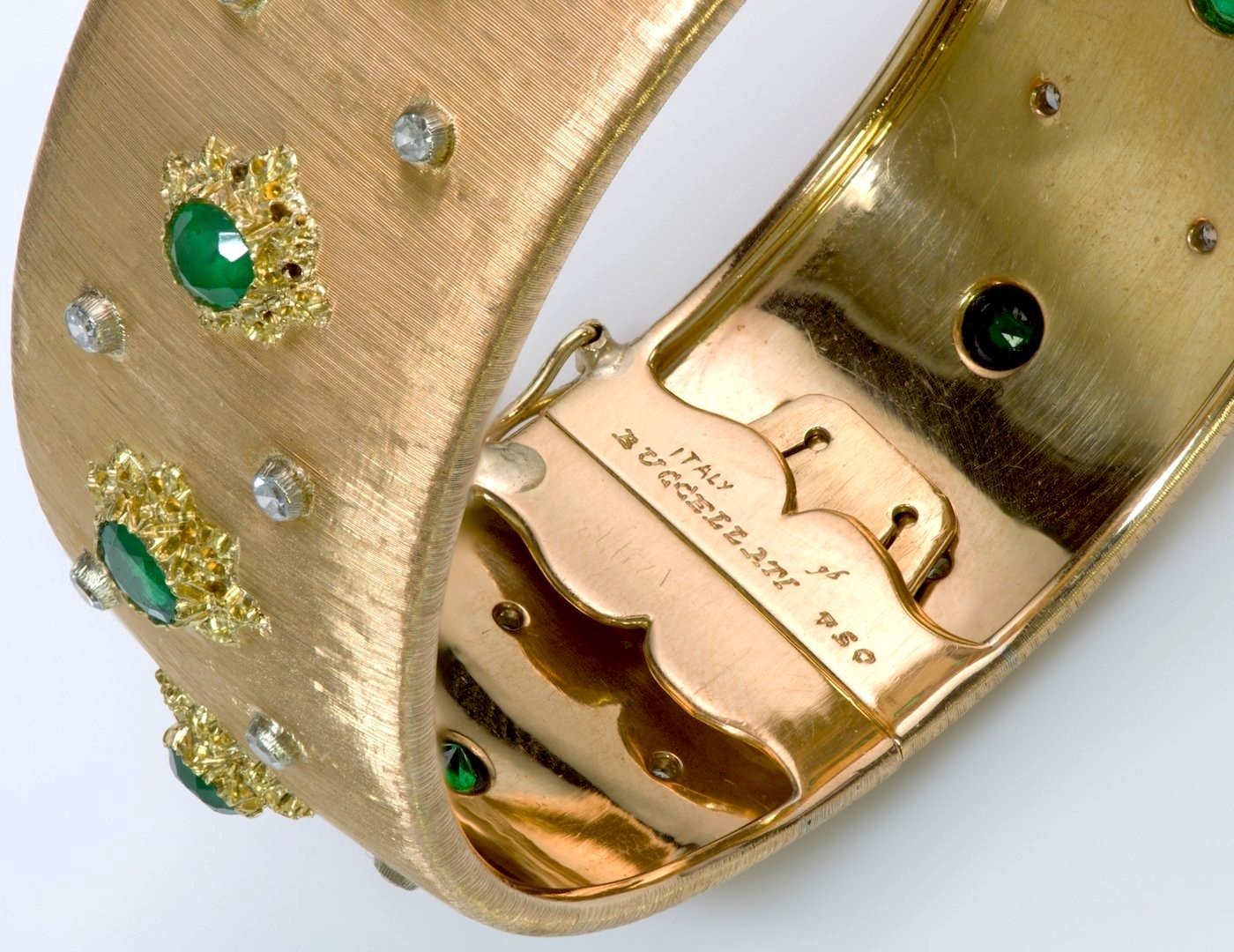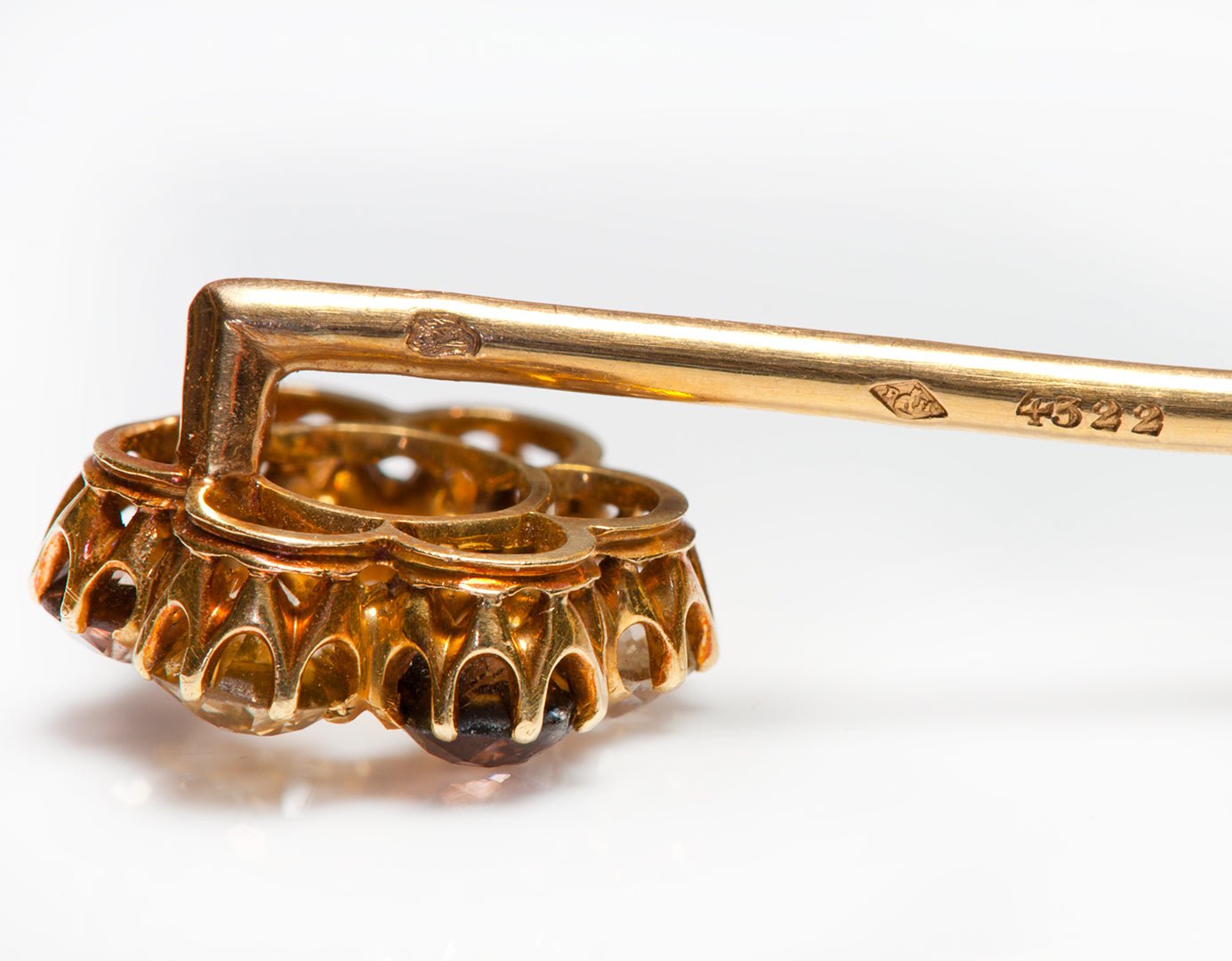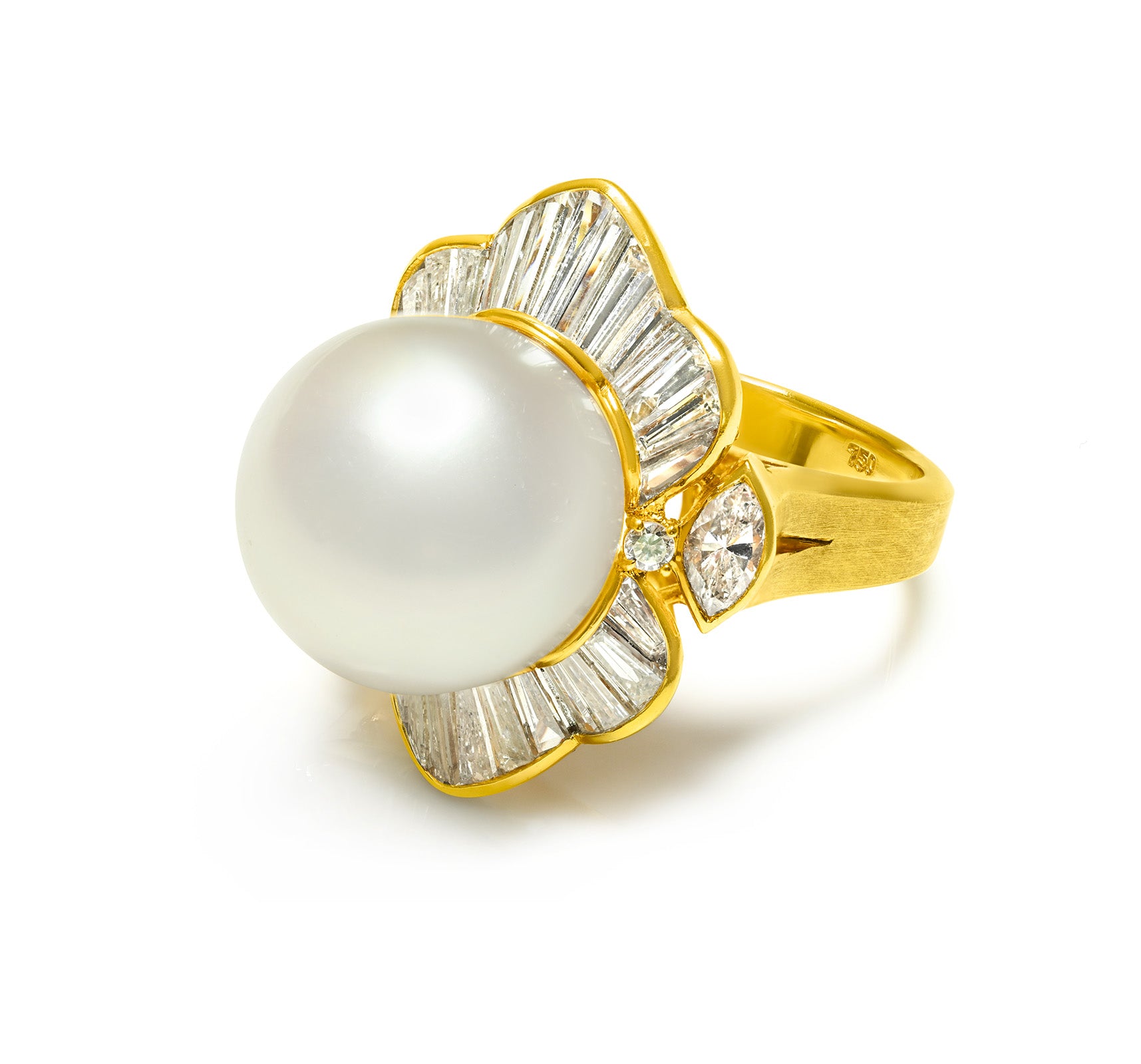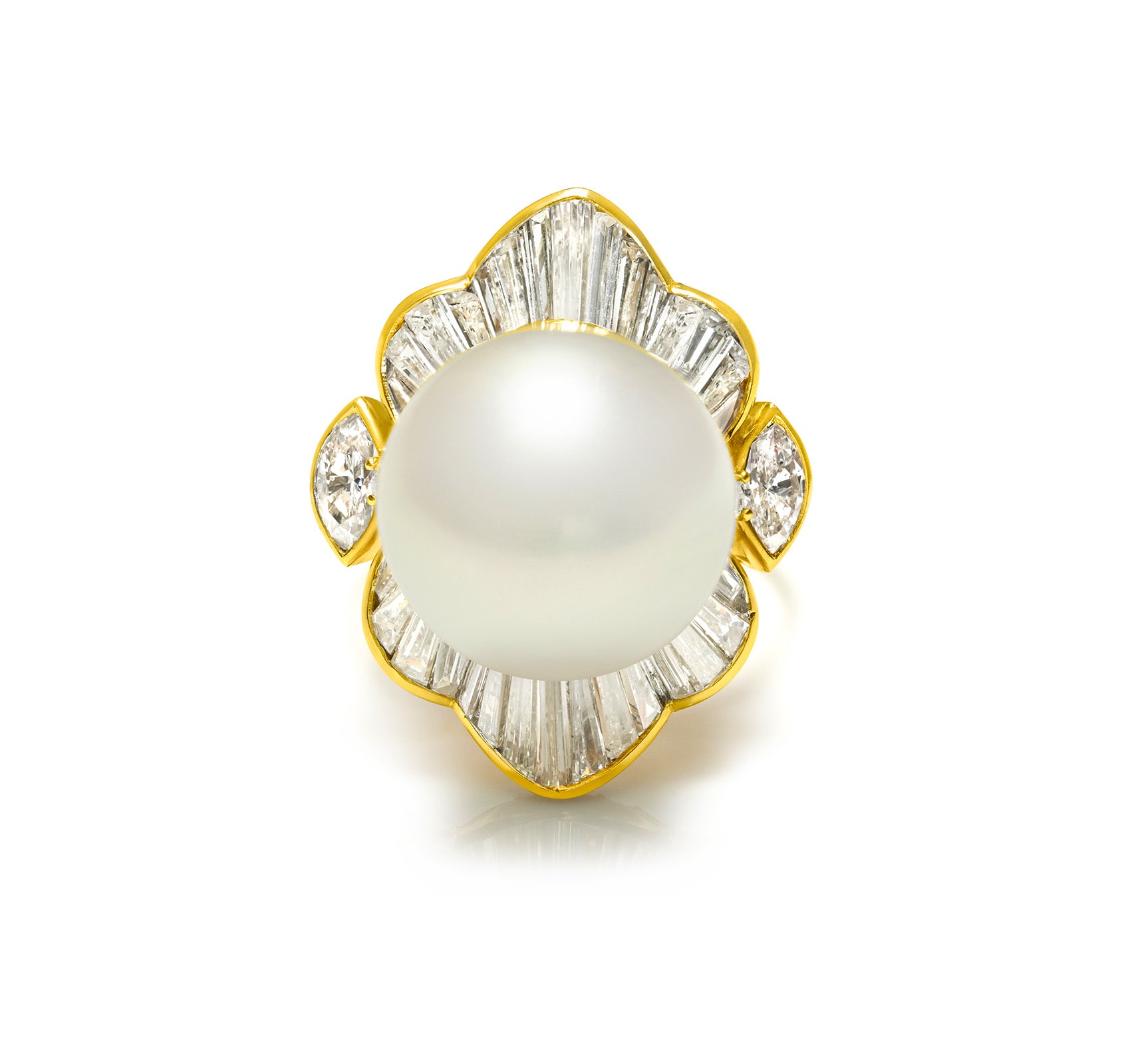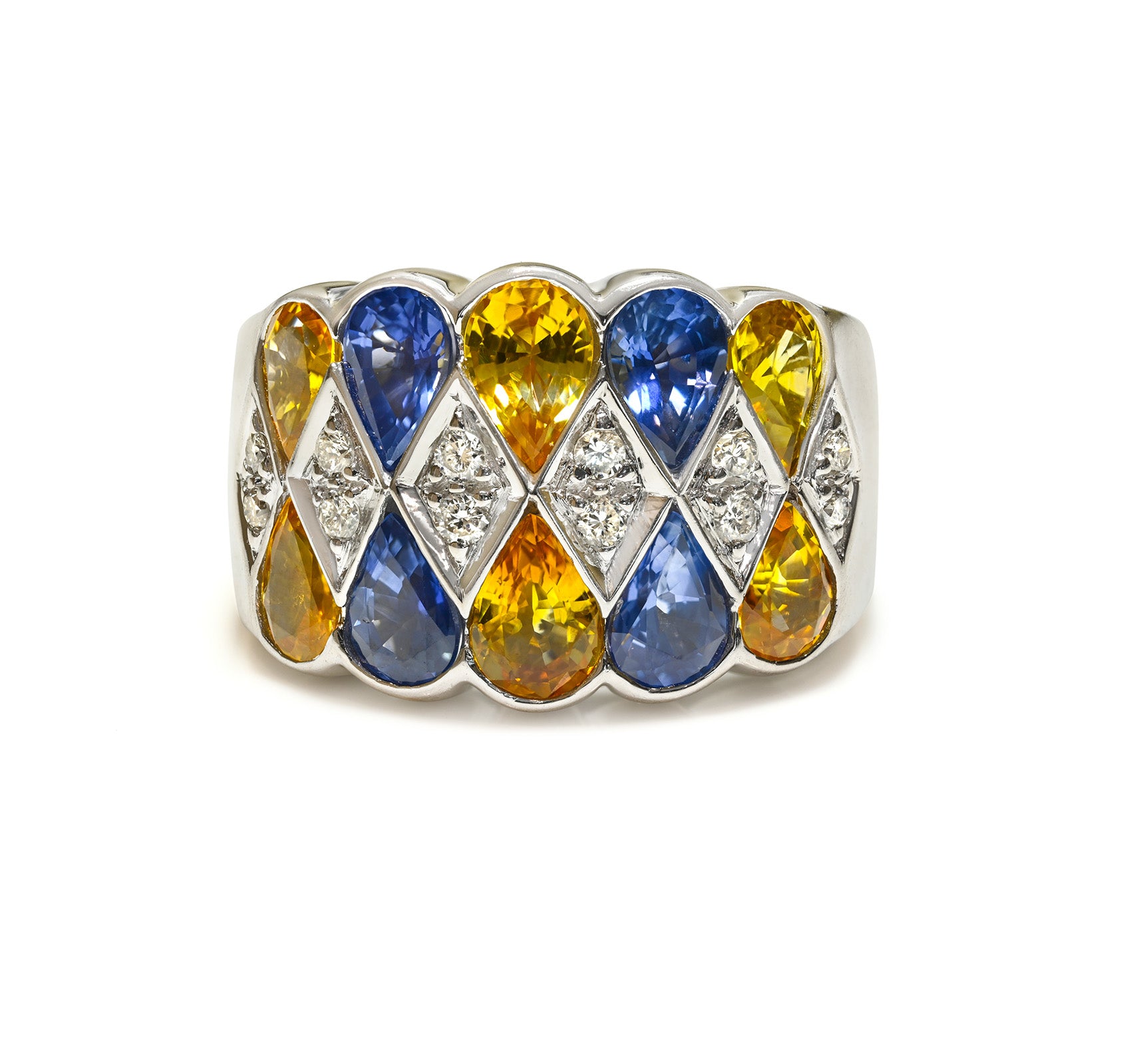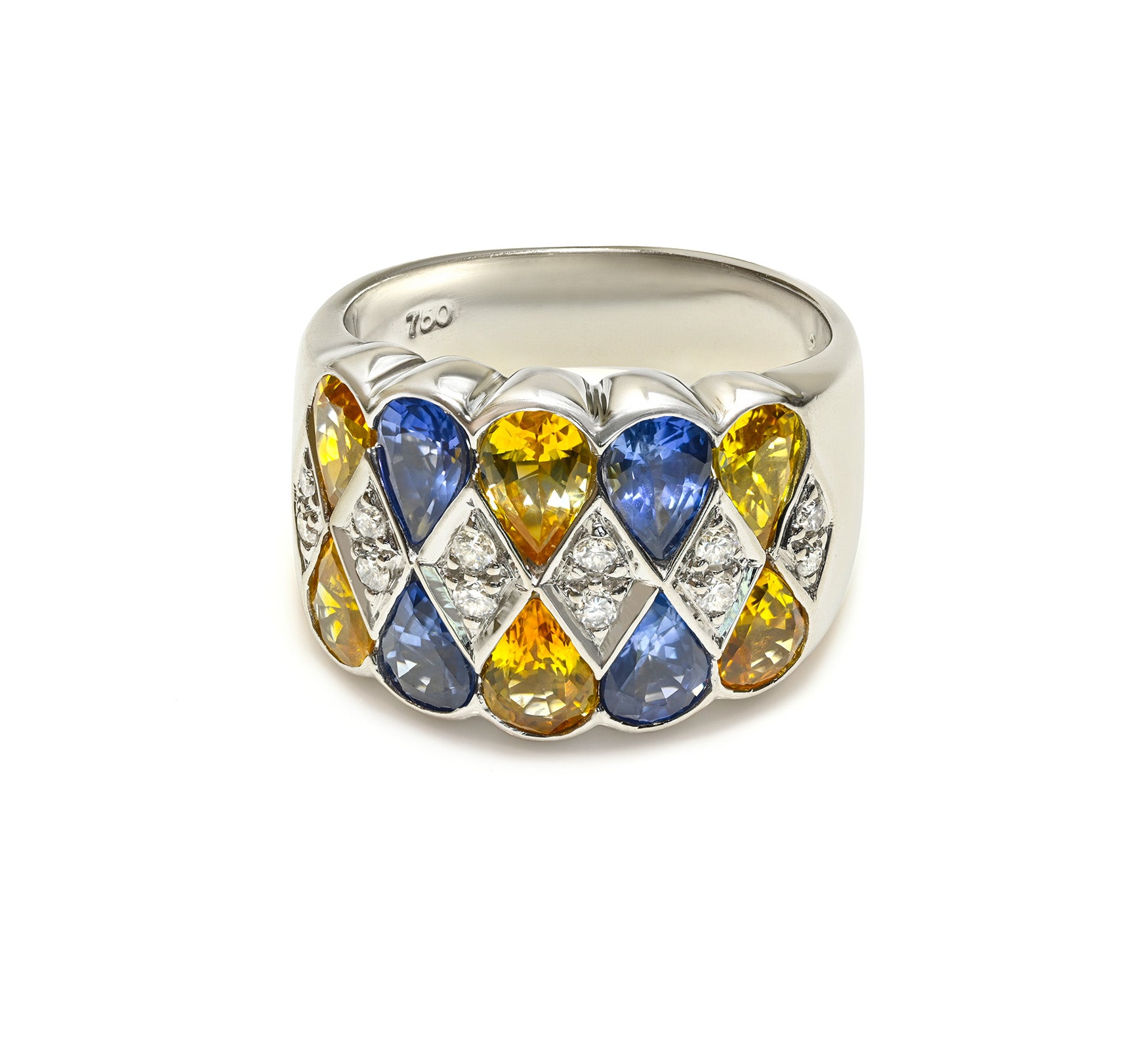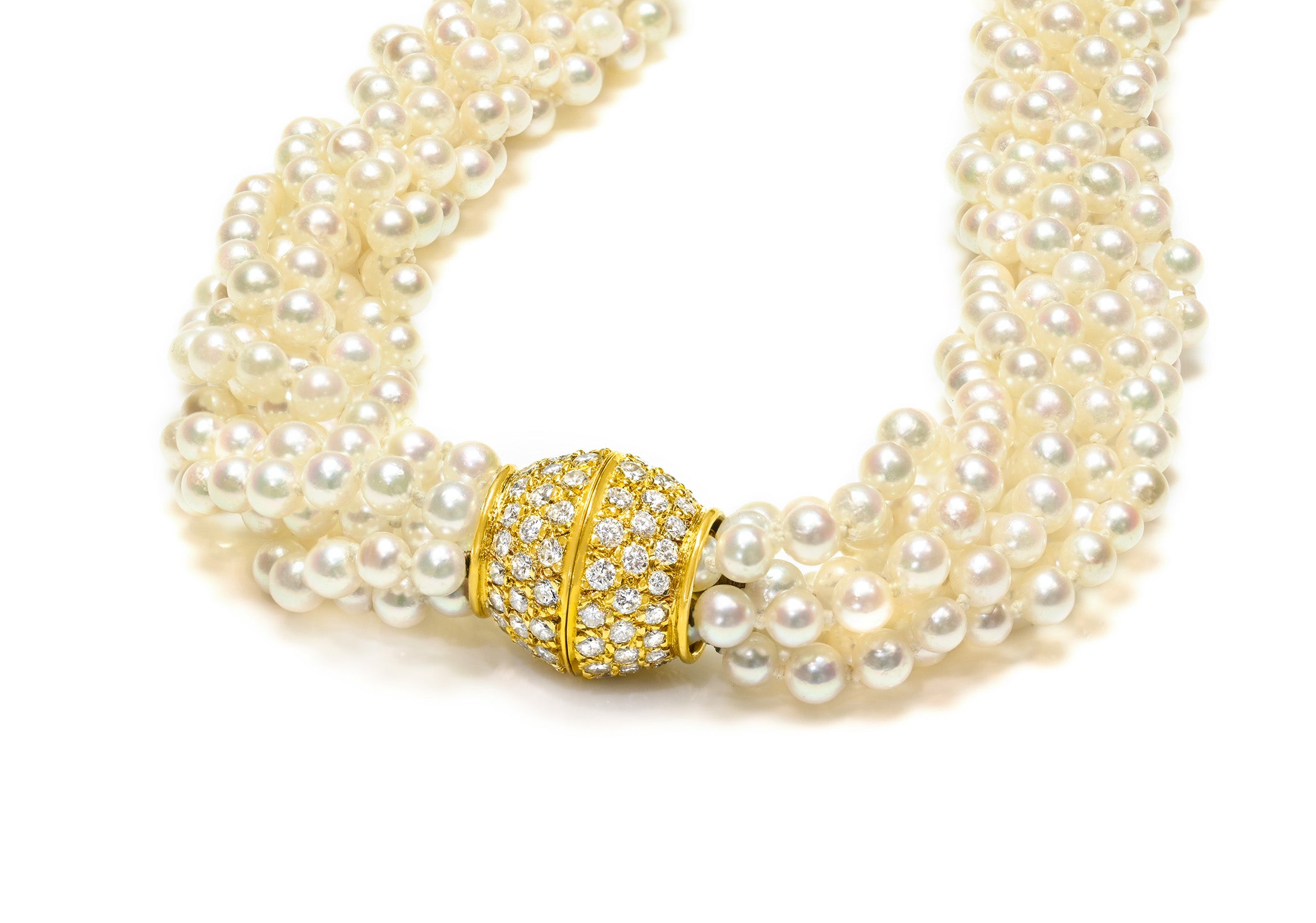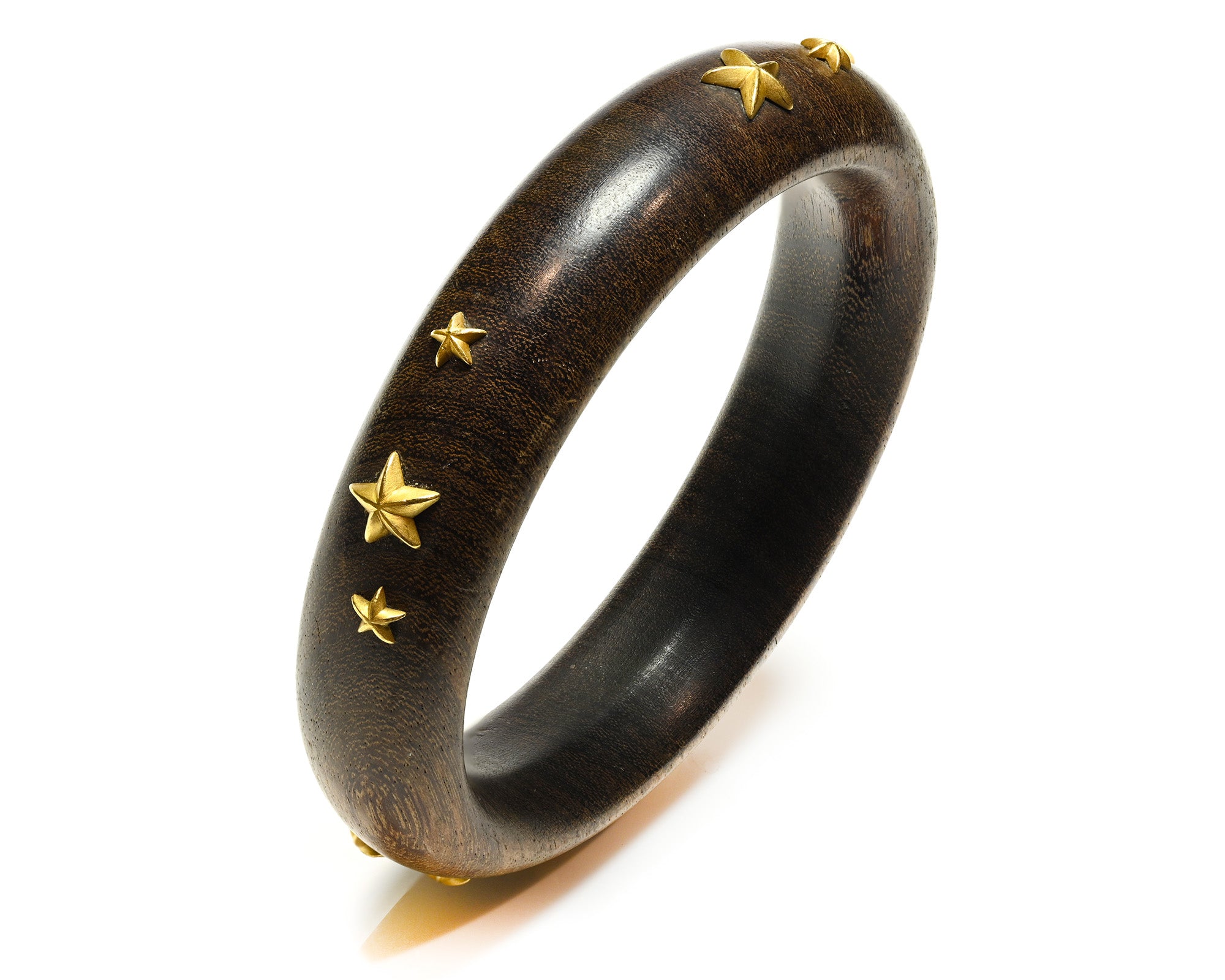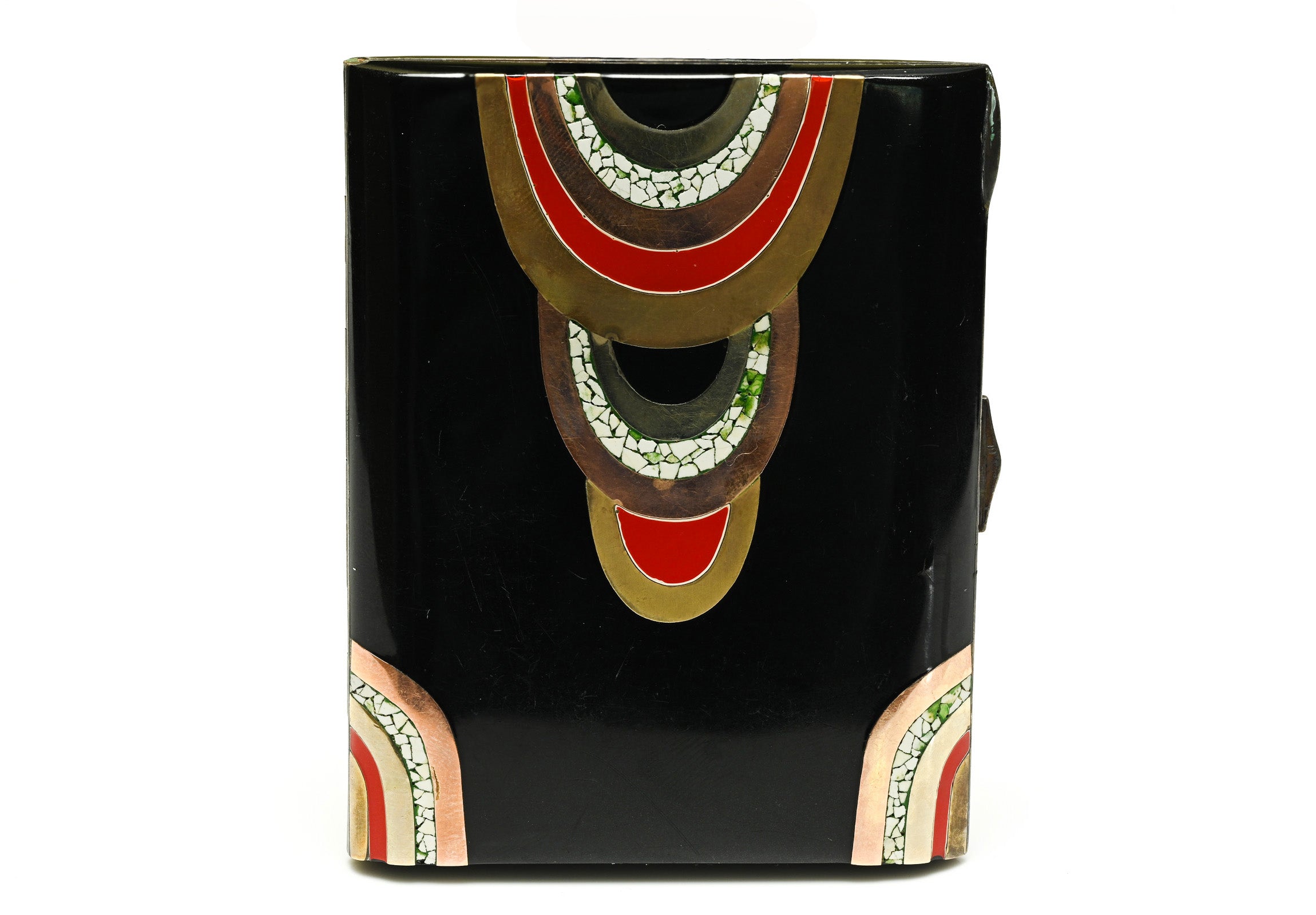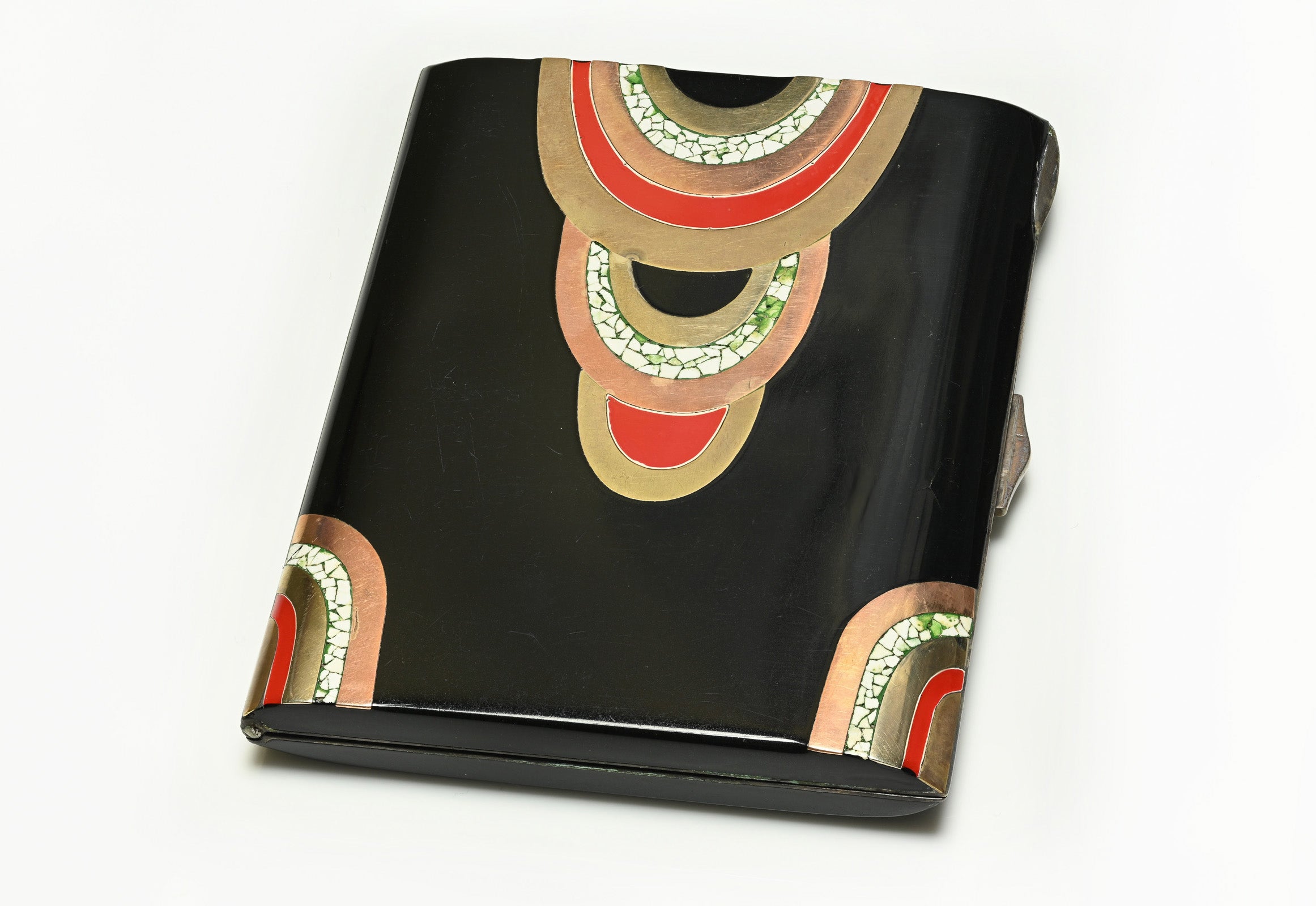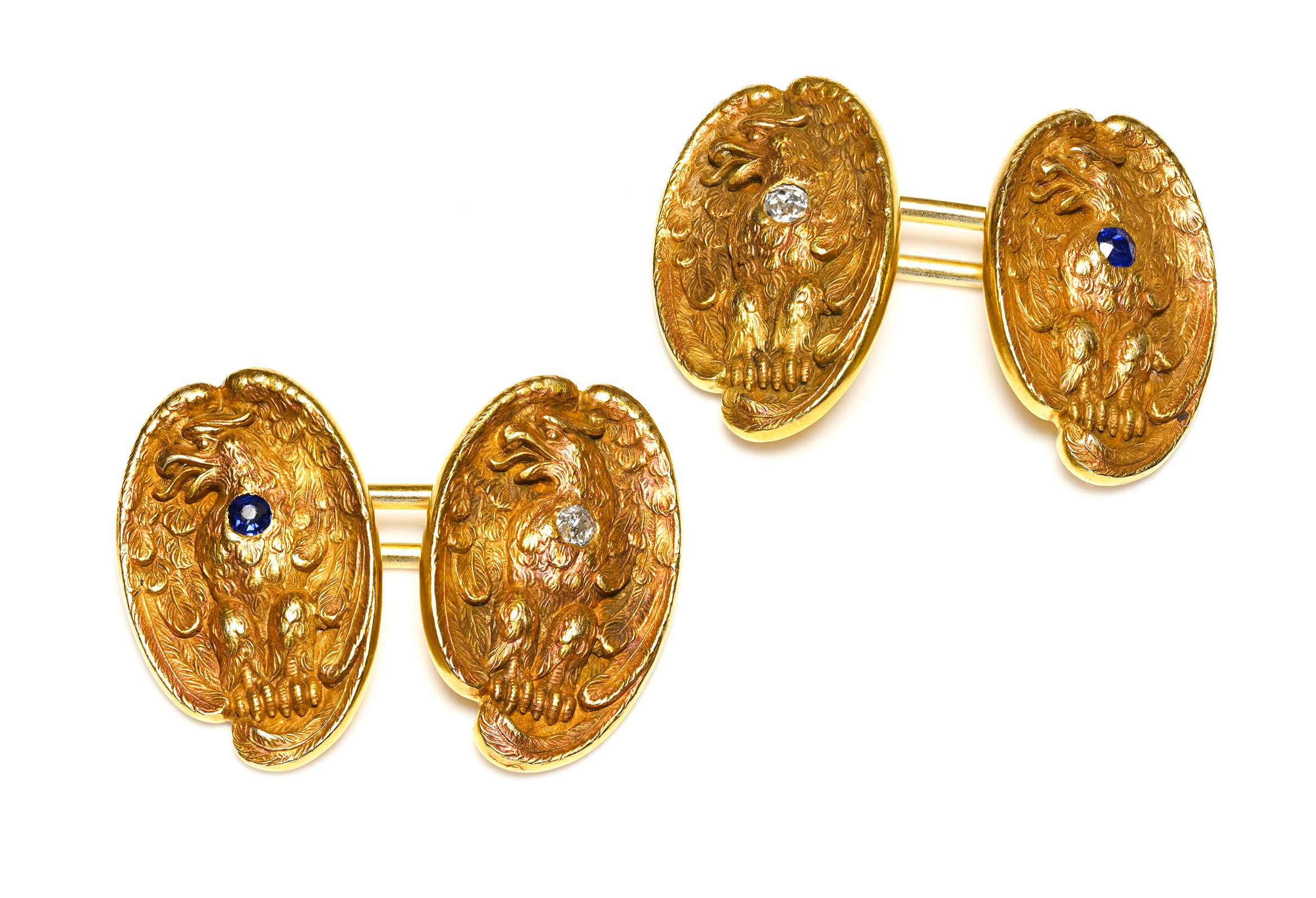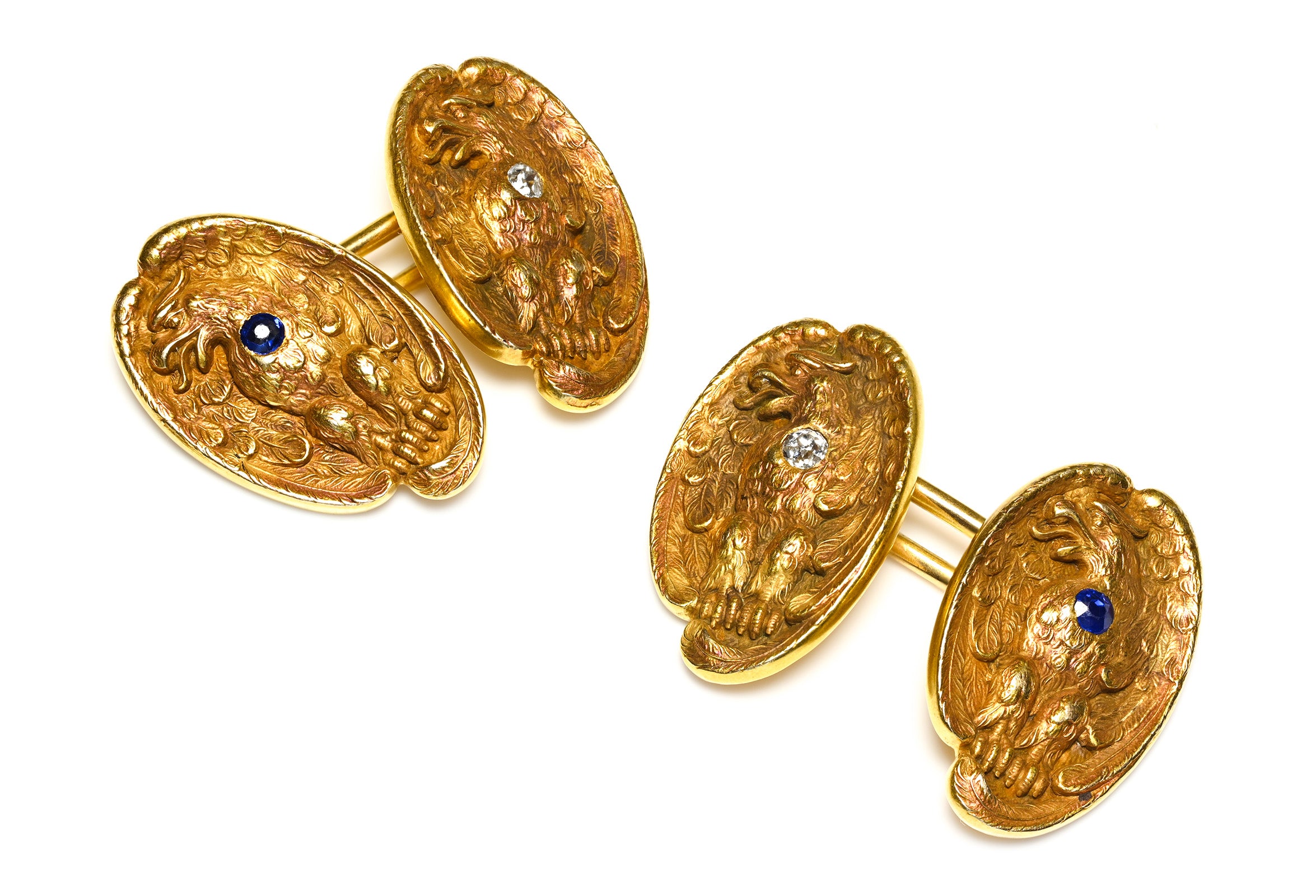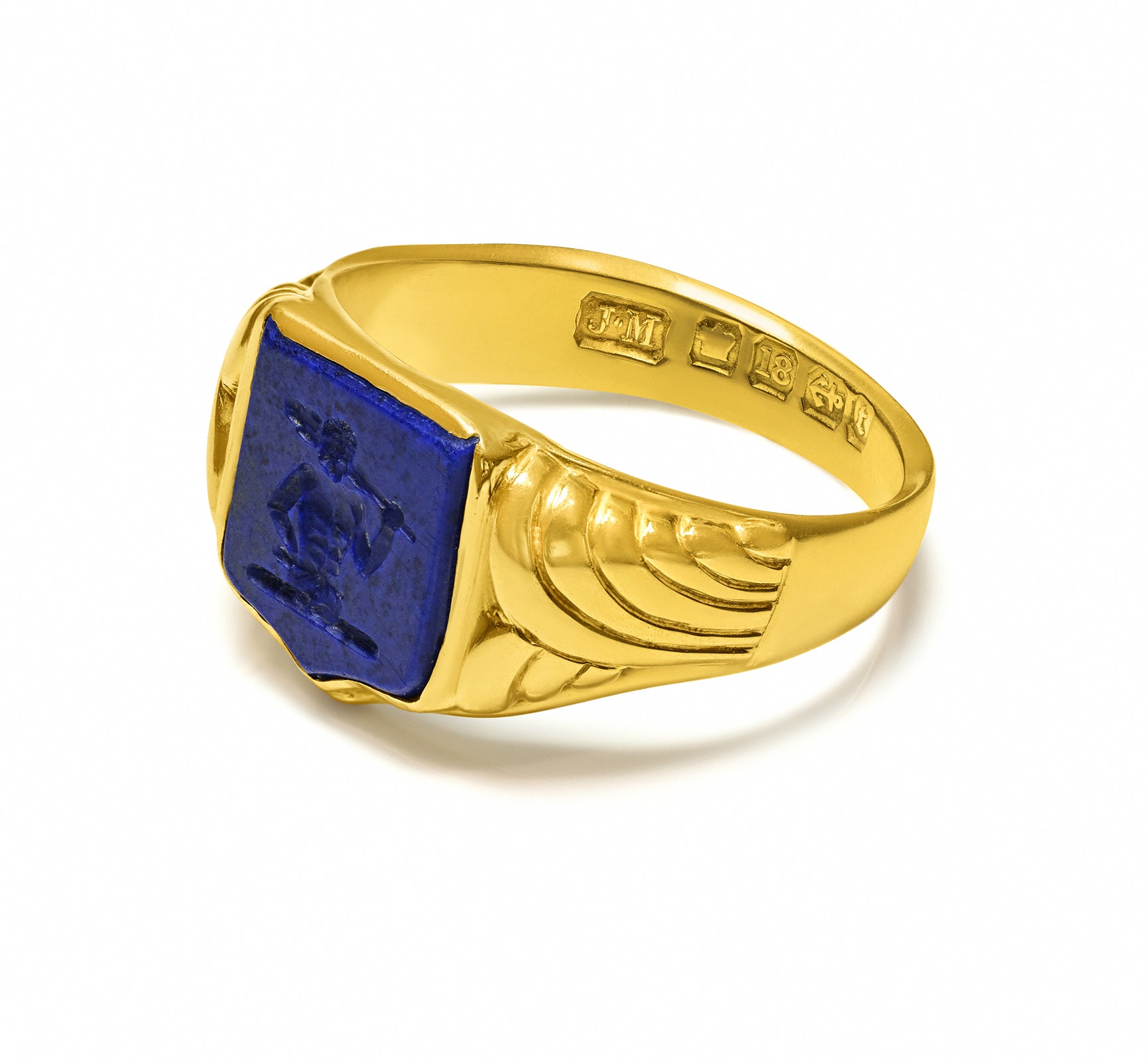
Jewelry Hallmarks Guide: Identify, Date & Decode Precious Metals
Jewelry hallmarks are small symbols, letters, or words stamped on jewelry and other precious metal items. They provide important information such as metal content, origin, date, and authenticity.
These marks act as a quality control measure and help identify the maker or manufacturer of the piece.
Understanding jewelry hallmarks is essential for anyone interested in buying or collecting precious metal items. It ensures you are knowledgeable about the quality and authenticity of your purchases.

The History and Evolution of Hallmarking
Hallmarking has a rich history that dates back to medieval England during the reign of King Edward I. He introduced a law requiring gold and silver items to be marked, guaranteeing their quality and authenticity. This system has undergone significant changes throughout the years.
The Role of the Goldsmiths' Company
The Goldsmiths' Company, established in 1327, played a crucial role in the development of hallmarking. Their responsibility was to oversee assay offices where precious metals were tested for purity. The establishment of Goldsmiths’ Hall in London became central to these efforts, setting a standard for hallmarking practices.
Expansion Across Europe and Beyond
Hallmarking laws soon expanded beyond England. France adopted similar regulations, creating stringent standards for marking precious metal items. In the USA, the National Gold & Silver Marking Act of 1906 established mandatory hallmarking to protect consumers and maintain quality.
Modern Legislation
Modern hallmarking legislation has continued to evolve, particularly in the UK and across Europe. The UK’s hallmarking system, managed by the British Hallmarking Council, ensures every piece meets specific standards before sale. European countries follow similar regulations, creating uniformity within the region.
International Standardization
The Vienna Convention on the Control of the Fineness and the Hallmarking of Precious Metal Objects represents a significant step towards international standardization. This agreement helps harmonize hallmarking practices across different nations, facilitating global trade and ensuring consistency in quality control.
Understanding the history of hallmarking reveals its crucial role in maintaining standards within the jewelry industry. From medieval mandates to modern international agreements, these evolving practices ensure that buyers can trust the authenticity and quality of their purchases.

Understanding Different Types of Hallmarks on Jewelry
Jewelry hallmarks serve as a code that unlocks critical details about each piece. Deciphering these marks reveals the story behind your jewelry, its metal content, and even its maker.
For anyone interested in collecting, selling, or evaluating precious metal items, understanding hallmark elements is a vital skill.
Primary Hallmark Components
Every authentic piece of precious metal jewelry typically carries several hallmark elements:
- Metal Type Mark: This symbol or abbreviation identifies the base metal—like gold (Au), silver (Ag), platinum (Pt), or palladium (Pd).
- Fineness/Purity Mark: Indicates the purity of the metal. Gold might be marked as “18K” (75% pure gold) or with a millesimal number like “750.” Sterling silver is often stamped “925,” signifying 92.5% pure silver.
- Assay Office Symbol: Each assay office uses its own unique symbol to certify that the item’s metal content has been independently verified. For example, a leopard’s head means London; an anchor signifies Birmingham. This is known as the assay mark.
- Date Letter Mark: A single letter or character indicating the year the item was tested and hallmarked. This date mark lets you pinpoint when a piece was officially assayed.
Responsibility Marks vs Maker’s Marks
You might be scratching your head at the difference between these two often-confused terms:
- Maker’s Mark: An individual stamp registered by the jewelry’s designer or manufacturer—think of it as a signature.
- Responsibility Mark: A broader term used in some countries to cover both makers and sponsors, indicating who is accountable for submitting the item for hallmarking.
Role of Assay Offices
Assay offices are independent testing facilities that confirm a piece’s metal purity through rigorous analysis before applying official hallmarks. Their stamp gives buyers confidence in what they’re purchasing.
By reading these marks together—metal type, fineness, office symbol, date mark, and responsibility/maker’s mark—you get a complete picture of your jewelry’s origin and quality.
Gold Hallmarks: Purity and Markings Explained
Gold hallmarks are essential for understanding the actual value and quality of a piece of jewelry. When you inspect gold jewelry, you’ll notice specific stamps—these aren’t just decorative marks, but official symbols denoting the metal’s purity.
Gold Purity Measurement Systems
Two main systems are used to indicate gold purity:
- Karatage (K or KT): Popular in the U.S., U.K., and Canada, this system divides pure gold into 24 parts. Pure gold is 24 karats (24K).
- Millesimal Fineness: Common in Europe and internationally, this scale expresses purity as parts per thousand. For instance, “750” means 750 parts gold out of 1,000 (or 75% pure gold).
Common Gold Markings and Their Meanings
You might spot hallmarks like these on rings, necklaces, or bracelets:
- 9K / 375 – 37.5% pure gold
- 10K / 417 – 41.7% pure gold
- 14K / 585 – 58.5% pure gold
- 18K / 750 – 75% pure gold
- 22K / 916 – 91.6% pure gold
- 24K / 999 – 99.9% (nearly pure) gold
Additional letters may follow these numbers; for example:
- GF for Gold-Filled
- GP for Gold-Plated
- GEP/GE for Gold Electroplated
Gold markings do more than confirm authenticity—they provide immediate insight into the intrinsic value and usability of the piece.
A higher karat or millesimal number points to purer, softer gold, often found in fine jewelry or investment-grade items. Lower numbers indicate greater alloy content, making the piece more durable but less valuable by weight.
Understanding these jewelry hallmarks empowers you to distinguish between pieces meant for everyday wear and those prized for their precious metal content.

Silver Hallmarks and Standards Around the World
Silver Purity Marks
Silver jewelry hallmarks provide crucial information about the metal's content. One of the most common and internationally recognized silver purity marks is "925". This hallmark signifies that the item is made from sterling silver, containing 92.5% pure silver and 7.5% other metals, usually copper.
Understanding "925" Sterling Silver Standard
The "925" mark on sterling silver items indicates that the piece is made up of 92.5% pure silver and 7.5% alloy metals, which are typically used to enhance its strength and durability.
Global Standards for Sterling Silver
Different countries have established their own standards and hallmarking practices for silver:
- United Kingdom: Uses symbols like a lion passant to denote sterling silver.
- France: Employs Minerva’s head as a mark for sterling silver.
- USA: Generally uses the "925" stamp directly.
These marks assure buyers of the authenticity and quality of their silver jewelry, vital for assessing its value and provenance.

Platinum and Palladium Hallmarks
Platinum and palladium are unique among precious metals due to their scarcity, strength, and distinct grey-white sheen.
To accurately identify these metals, specific hallmarking standards must be followed. These standards ensure the purity and authenticity of platinum and palladium—an essential aspect of precious metal certification.
Understanding Platinum Hallmarks
Platinum hallmarks typically use a numeric system to indicate purity:
- 950 signifies 95% pure platinum (the most common standard for fine jewelry)
- 900 or 850 may also be present, indicating 90% or 85% platinum content respectively
Decoding Palladium Markings
Palladium markings follow a similar pattern:
- 950 represents 95% pure palladium
- 500 indicates 50% palladium content in an alloy
Additional Symbols in Hallmarking
These numbers are often accompanied by the chemical symbols "Pt" for platinum and "Pd" for palladium. In the UK, a crown symbol above the number may accompany platinum hallmarks, while a three-oval mark can signify palladium.
By examining these marks, collectors and buyers can verify not only the type of metal but also its exact level of purity—crucial information when assessing high-value pieces.
Maker’s Marks: Identifying the Creator Behind the Jewelry
Every authentic piece of jewelry tells a story, and one of the most revealing clues is found in its maker’s mark.
A maker’s mark is a unique symbol, set of initials, or logo stamped on jewelry to identify the specific craftsperson, designer, or company responsible for its creation. This hallmark not only confirms authenticity but also allows enthusiasts to trace a piece’s origin and craftsmanship.
Responsibility marks, on the other hand, are slightly different. While both are registered with official assay offices, responsibility marks refer specifically to the registered party accountable for guaranteeing the item’s metal content and compliance with legal standards—this could be the maker, importer, or sponsor.
You might be scanning your ring or necklace for tiny letters or symbols. Here’s what to look for:
- Unique shapes or monograms (sometimes hidden in an inconspicuous spot)
- Letters representing initials of a manufacturer
- Logos registered with national assay offices
Understanding how to identify maker’s marks can unlock hidden histories within your Jewelry Hallmarks collection and elevate any appraisal or collecting experience.

How to Read and Interpret Jewelry Hallmarks Accurately
Learning how to read jewelry hallmarks is a valuable skill for anyone interested in precious metals. Each hallmark carries specific information, and understanding this code will help you interpret hallmark symbols and letters with confidence.
Step-by-Step Guide to Examining Hallmarks
1. Locate the Hallmarks
Begin by finding the marks, which are usually on inconspicuous parts of jewelry such as the inside of rings, necklace clasps, or bracelet links. Use a magnifying glass or jeweler’s loupe for tiny or worn marks.
2. Identify the Metal Type Mark
Look for symbols or abbreviations that indicate metal type:
- Gold: Commonly marked as “K” (karat) or with numbers like 375, 585, 750.
- Silver: Often stamped with “925,” “Sterling,” or similar numbers.
- Platinum/Palladium: Stamps like “PT950” or “Pd950” denote these metals.
3. Check the Fineness or Purity Mark
This number reveals how much pure metal is in the alloy:
- Gold: 18K means 75% pure gold; “750” indicates the same using millesimal fineness.
- Silver: “925” means 92.5% pure silver.
4. Spot the Assay Office Symbol
These unique icons show where the metal was tested and certified — for instance, an anchor (Birmingham), leopard’s head (London), or other country-specific symbols.
5. Find the Date Letter (If Present)
Many regions use a letter system to represent the year of hallmarking. Matching this letter to published charts can reveal when your piece was made.
6. Decode Maker’s Marks
Usually initials or unique logos, these marks identify the manufacturer or designer behind your jewelry item.
You might be surprised at how much information is packed into just a few tiny stamps—deciphering them can reveal your item’s story, authenticity, and value.
As you become familiar with interpreting hallmark symbols and letters, distinguishing genuine and high-quality pieces becomes second nature. Understanding each component will also make it easier to compare international standards in upcoming sections.

Antique vs Vintage vs Modern Jewelry Hallmarks
Understanding the age of a piece is crucial in the world of jewelry collecting. Hallmarks offer subtle but important clues that help distinguish between antique, vintage, and modern jewelry.
Defining Each Era
Antique Jewelry Hallmarks
Antique typically refers to items over 100 years old. These hallmarks are often deeply struck, sometimes hand-engraved, and may include historical assay office stamps or date letters no longer in use.
For example, a Victorian-era British hallmark might feature ornate script and symbols unique to the 19th century, such as the crowned leopard’s head for London pre-1822.
Vintage Jewelry Hallmarks
Vintage pieces fall between 20 and 100 years old. You might see hallmarking styles shift with changing regulations—post-World War II marks are generally more standardized.
Vintage jewelry hallmarks can include familiar fineness numbers (like “750” for 18K gold), but may also display now-retired assay office marks or date codes from specific decades.
Modern Jewelry Hallmarks
Modern denotes jewelry made within the last 20 years. Modern jewelry hallmarks are usually machine-stamped for clarity and consistency.
Contemporary marks often comply with current international agreements—such as the Vienna Convention—and utilize clear numeric fineness indicators (e.g., “925” for sterling silver) alongside easily recognized logos or laser-etched information.
Spotting the Differences
Here are some key differences that can help you identify whether a piece of jewelry is antique, vintage, or modern based on its hallmark:
- Typeface and style: Antique marks tend to be ornate or hand-cut; modern hallmarks are crisp and uniform.
- Symbol changes: Certain assay office emblems or date letters appear only during specific historical periods.
- Standardization: Modern pieces almost always use standardized international purity marks, unlike older items.
You might be surprised how much history is packed into these subtle stamps—each hallmark helps unlock a piece’s past.

International Hallmarking Systems & Legislation Overview
Jewelry hallmarks are governed by a patchwork of regulations around the world, each with its own standards and symbols. Recognizing these differences is key to accurately interpreting marks on precious metal items—especially if you’re buying or collecting internationally.
United Kingdom (British Hallmarking Council)
- UK hallmarking is one of the oldest systems, administered by the British Hallmarking Council.
- Every gold, silver, platinum, or palladium item above a certain weight must be assayed and marked by an official assay office (such as London, Birmingham, Sheffield, or Edinburgh).
- Compulsory marks include the sponsor’s (maker’s) mark, metal fineness mark, assay office symbol, and date letter.
France
- French hallmarking features unique symbols such as the Minerva head for silver and the eagle head for gold.
- Jewelry must be tested by government-appointed assay offices; strict regulations help ensure consistent quality and authenticity.
United States (National Gold & Silver Marking Act)
- Unlike Europe, hallmarking in the US is not mandatory.
- The National Gold and Silver Marking Act of 1906 requires items to be accurately marked for fineness but does not require independent third-party testing.
- Maker’s marks and purity stamps (like “14K” or “585”) are common but may lack additional control marks seen in European jewelry.
India (Bureau of Indian Standards & Common Control Mark)
- India uses the BIS hallmark system for gold and silver jewelry.
- Each hallmarked piece carries a BIS logo, purity in caratage (or millesimal), the jeweler’s identification mark, and the year of hallmarking.
- India participates in the International Common Control Mark system to facilitate global trade.
You might be surprised how much information can be gleaned from a tiny stamp—if you know where it comes from.
Understanding jewelry hallmarks
Understanding jewelry hallmarks is essential for anyone interested in buying or collecting precious metal items. These marks provide critical information about:
- Metal type
- Purity
- Manufacturer
- Origin
- Date of creation
Authenticity verification using hallmarks ensures that the piece meets quality standards and is a genuine article. You might be surprised at how much value assessment in jewelry hinges on these tiny stamps.
Encourage yourself to learn hallmark reading skills before purchasing valuable jewelry. This knowledge not only helps in identifying authentic pieces but also protects against potential fraud, ensuring you make well-informed decisions when investing in precious metals.

